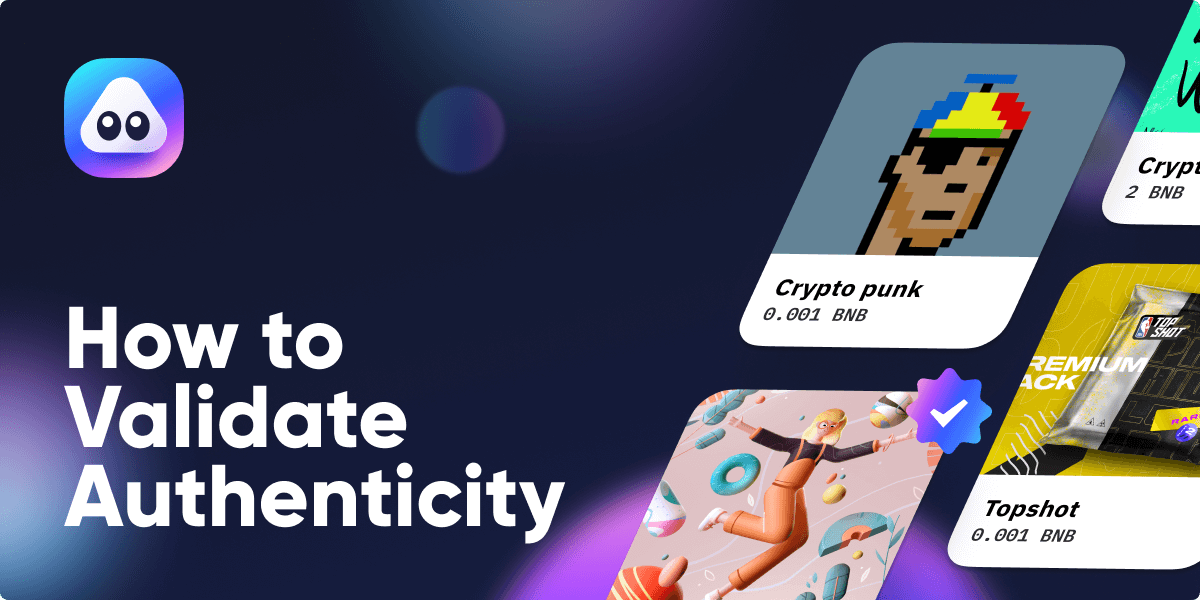How to Validate the Authencity of an NFT
How can we know if an artwork original and not just some copied piece? Read on to validate the uniqueness of the NFT you’re looking to purchase.
May 28, 2021

Thanks to blockchain technology, creators can now work on a project and gain due recognition on their work without compromising its authenticity, and buyers or collectors — on the other end — can store exhibits without fear of seeing replicas and losing the future resale value.
However, the digital world has blurred the line between creativity and plagiarism. Blogs are now littered with lots of stolen content, and we are now seeing more of this terrible trend in the NFT space. In this short guide, you will learn how to check if a tokenized art piece is unique.
How to check if an artwork is copied
- Reverse-Check Images on Google: Technology has brought a lot of ease, and from the comfort of your gadgets, you can use Google reverse check to find out important info about a photo: to see how many variants of an image have been flying on the internet, how long the image has existed, and even the first upload date.
- Check the socials of the creator: The internet is a very good revealer. By just checking the creator’s social media accounts, you can see or tell a lot about them. Creators tend to either actively or subtly release content about their work and their interests. This is one easy way to know if someone is just a hit-and-run artist (con man) or they are. indeed an artist. Also check the comment sections under their posts to see what people are saying about their works.
- Check if the creator is selling the same piece on other platforms: An artist can defraud people by selling the same artwork on different decentralized ledgers since they’ll each have distinct tags. A legitimate creator chooses and sticks to one blockchain. Though he may choose to market it within other marketplaces in the same network, buyers have to come through one blockchain.
- Ridiculously cheap price: it is commonly said that “too cheap means stolen,” and it is not different in NFTs. Every artwork has its value, and when you’re getting it ridiculously below its perceived value, you may not be getting a good bargain; you may be getting plagiarized work.
Take away
While we move into NFTs to protect authenticity and increase recognition for content creators, it’s very important not to get caught in the plagiarism web we’re escaping from. Always remember that if it is too cheap to be original, then it is probably plagiarized.
